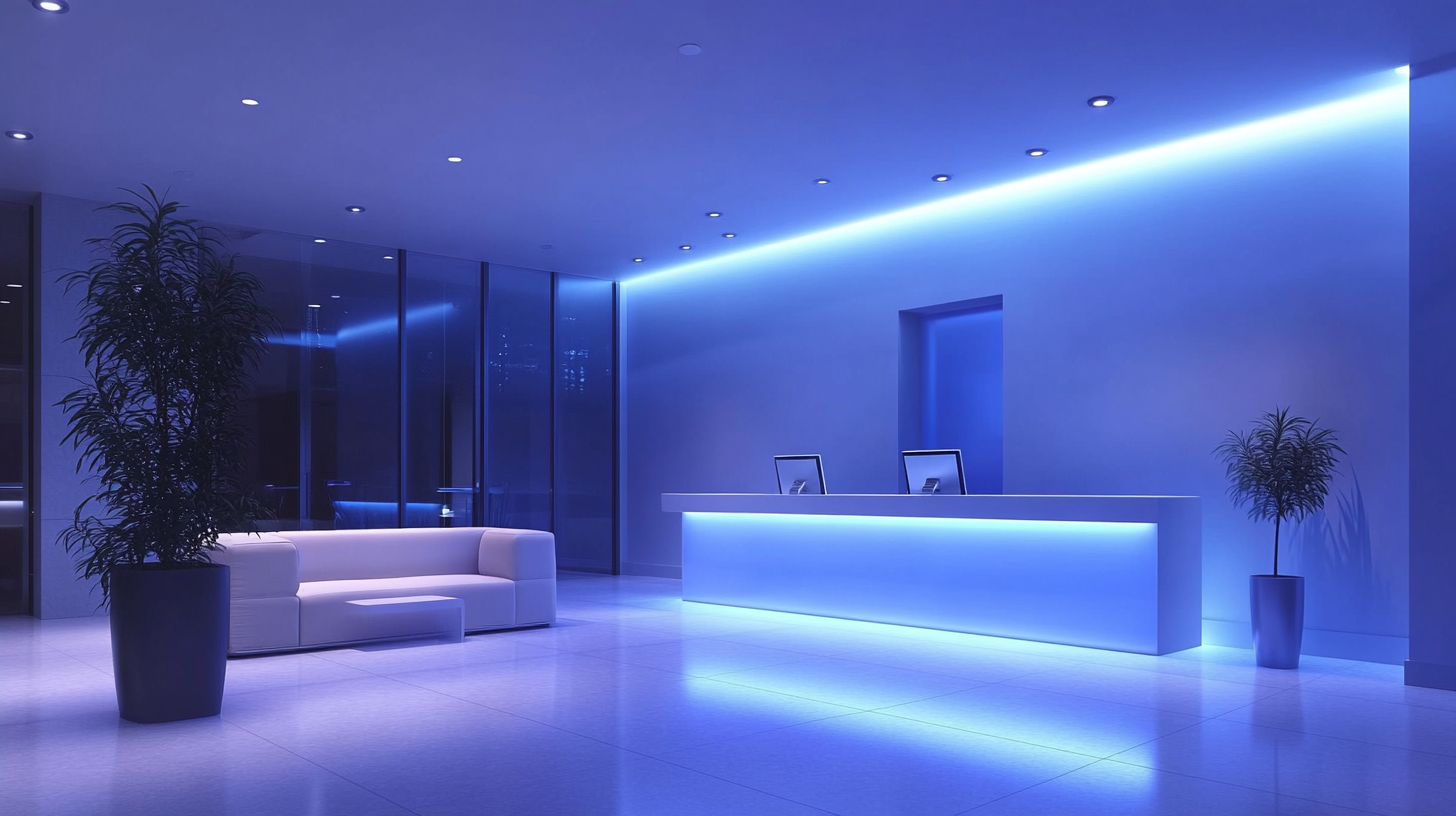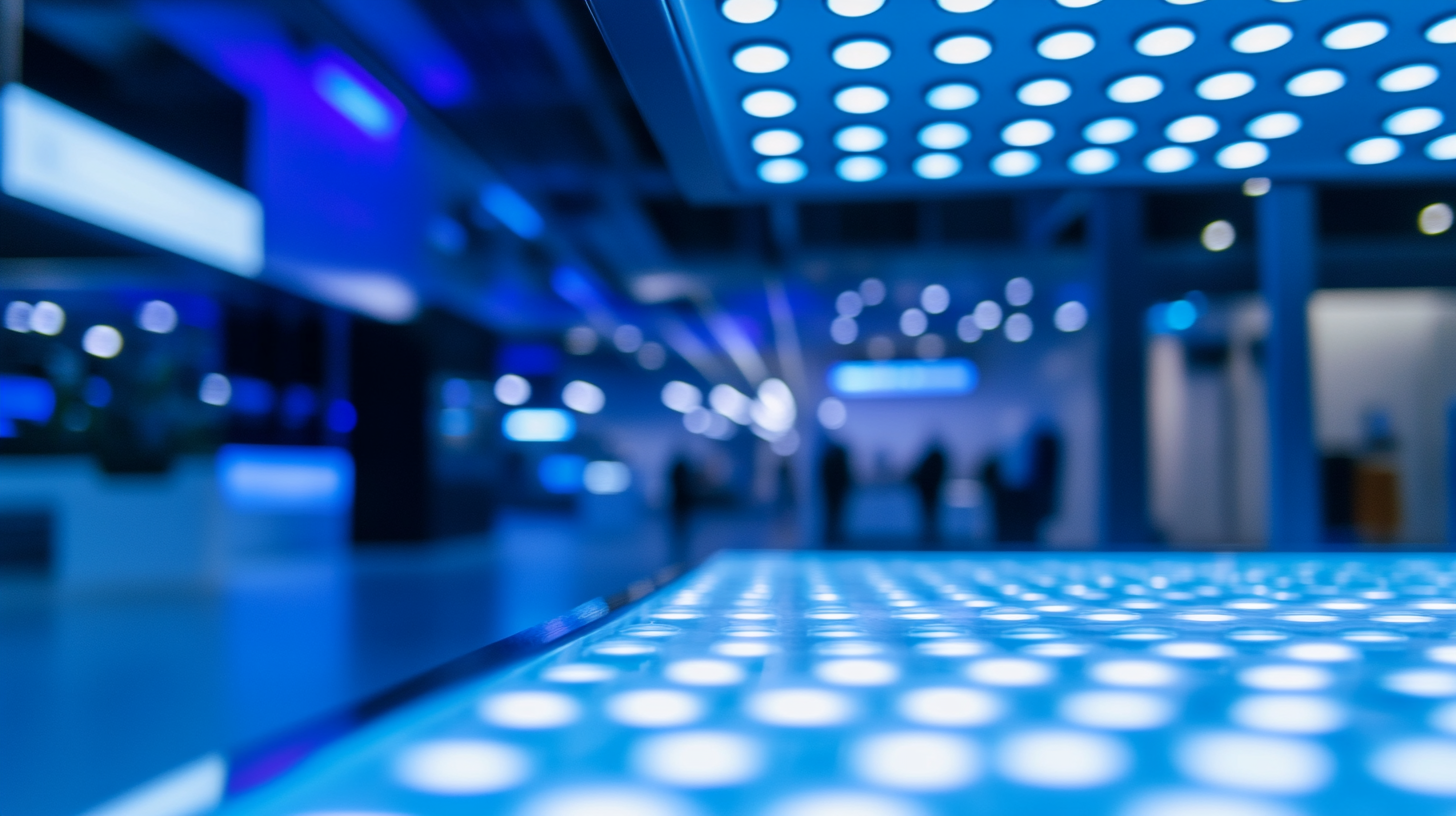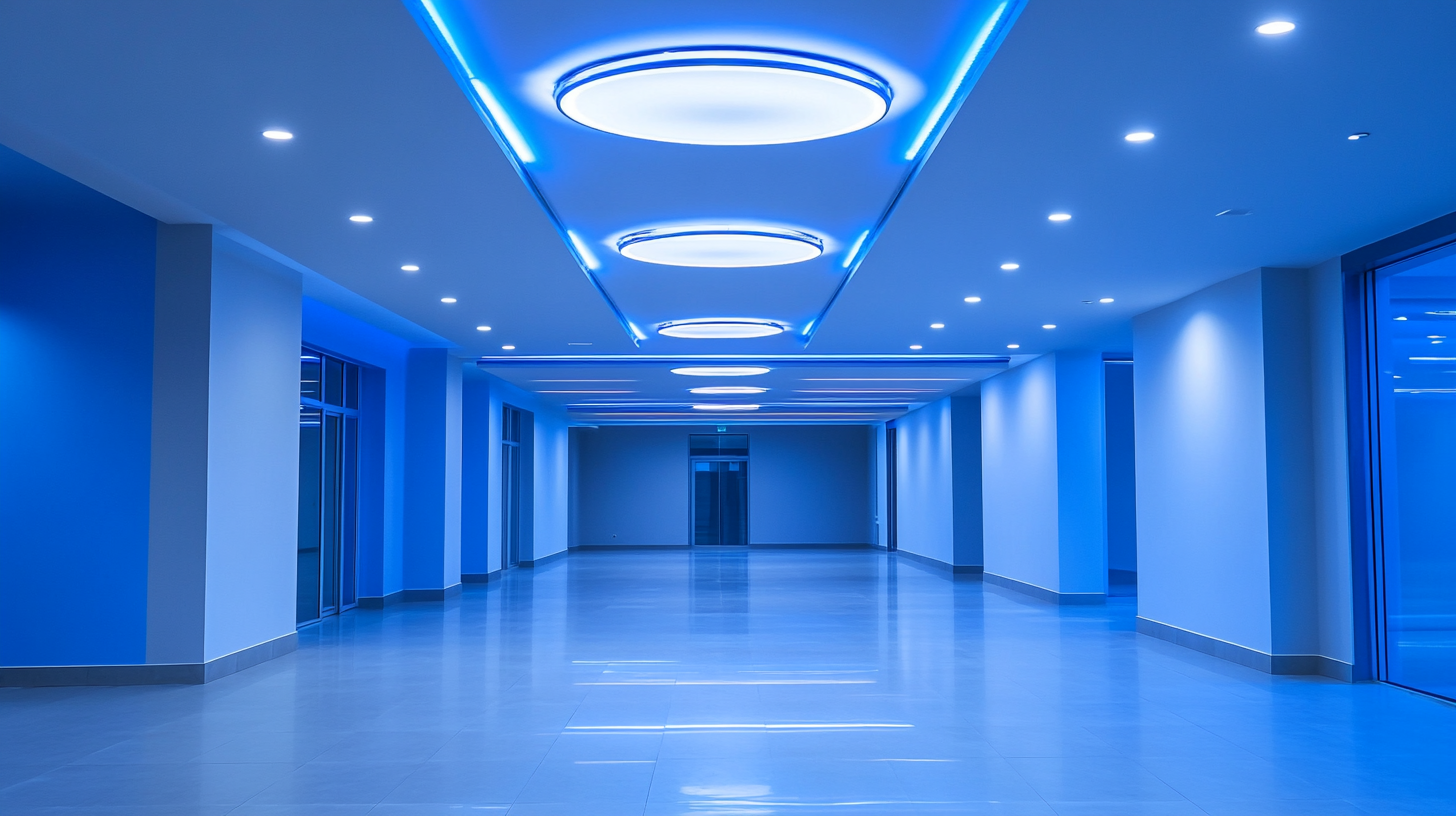What Are the Key Benefits of Choosing LED Lighting Supply for Your Business?
In today's fast-paced business environment, companies are constantly seeking ways to improve efficiency, reduce costs, and enhance their overall operations. One significant yet often overlooked aspect is the quality of lighting in the workplace. The choice of LED lighting supply has emerged as a strategic decision for businesses aiming to upgrade their facilities. Unlike traditional lighting options, LED lights offer a plethora of benefits that can positively impact everything from employee productivity to energy savings.
Adopting LED lighting supply not only aligns with sustainability goals but also translates into long-term financial advantages. By investing in high-quality LED solutions, businesses can significantly lower their energy consumption and maintenance costs, while simultaneously creating a brighter and more inviting work atmosphere. As we delve into the key benefits of choosing LED lighting supply, it becomes evident that this investment is not merely a trend but a practical approach for building a more efficient and eco-friendly business infrastructure.

Benefits of LED Lighting Supply: Energy Efficiency and Cost Savings
LED lighting supply has become a game changer for businesses looking to enhance their energy efficiency while maximizing cost savings. According to a report from the U.S. Department of Energy, LED lighting is up to 80% more energy-efficient than traditional incandescent bulbs. This significant reduction in energy consumption not only helps the environment but also allows businesses to redirect their financial resources towards growth and innovation.
Moreover, the long lifespan of LED lights further contributes to cost savings. With an average lifespan of 25,000 to 50,000 hours, compared to around 1,000 hours for incandescent bulbs, businesses can reduce the frequency of replacements. A study by the Lighting Research Center indicates that switching to LED can save companies about $3,000 per year in maintenance costs alone. This reduction in labor and materials for replacing burned-out bulbs streamlines operations and improves productivity.
In addition to these tangible savings, the improved quality of light provided by LEDs promotes a better working environment. Enhanced visibility can lead to higher employee satisfaction and performance. A report from the Journal of Sustainable Development reveals that adequate lighting can improve productivity by as much as 20%. As businesses continue to prioritize sustainability and efficiency, embracing LED lighting supply emerges as a smart and financially savvy decision.
Impact of LED Lighting on Reducing Carbon Footprint in Businesses
The adoption of LED lighting in businesses bears significant implications for reducing their carbon footprint. Traditional lighting options, such as incandescent and fluorescent bulbs, consume more energy and often have shorter lifespans. In contrast, LED lights are designed to be energy-efficient, using up to 80% less energy than their incandescent counterparts. This reduction in energy consumption not only lowers utility bills but also lessens the demand on power plants, thereby reducing greenhouse gas emissions associated with electricity generation.
Moreover, the longevity of LED lights contributes further to sustainability efforts. With a lifespan of up to 25,000 hours or more, LEDs require less frequent replacements, which translates into fewer materials being disposed of and reduced waste in landfills. By minimizing both energy usage and waste, businesses adopting LED lighting are making a proactive commitment to environmental stewardship.
Additionally, the enhanced performance of LED lighting provides businesses with the opportunity to create a more productive work environment. The quality of light produced by LEDs is adjustable, allowing companies to tailor the lighting to the specific needs of different areas within their operations. This adaptability not only boosts employee morale and productivity but also reinforces a brand’s dedication to sustainability, making a positive statement to consumers while contributing to global ecological efforts.
Enhancing Workplace Productivity with LED Lighting Improvements
The shift from traditional lighting to LED options is revolutionizing workplace environments, creating spaces that significantly enhance productivity. Research has consistently shown that the type and quality of lighting can greatly affect employee well-being and performance. For instance, the transition from harsh fluorescent lights to softer, adjustable LED lighting has been linked to reduced eye strain and increased comfort in working conditions. This adaptability allows businesses to tailor their lighting fixtures to suit the specific needs of various tasks and team setups, fostering an atmosphere conducive to focus and creativity.
Moreover, the energy efficiency of LED bulbs is nothing short of transformative. By consuming up to 90 percent less electricity than incandescent bulbs and lasting 25 times longer, they represent a smart financial investment for businesses. The implications of this energy saving are profound, not only for operational costs but also for environmental sustainability. As workplaces increasingly adopt LED lighting, they are also participating in a larger movement towards energy efficiency that can positively influence local economies and community well-being.
LED technology also opens the door to innovative lighting strategies that can significantly impact productivity. For example, research has shown that better indoor lighting can lead to improved employee mood and overall job satisfaction, which in turn enhances output. Companies are already exploring how to connect effective lighting with their overall design strategies, creating areas that encourage collaboration while providing the right ambiance for focused tasks. As businesses continue to recognize these benefits, the demand for LED lighting solutions is set to grow, paving the way for more productive and healthier work environments.

Longer Lifespan of LED Bulbs: A Smart Investment for Companies
The longer lifespan of LED bulbs provides a compelling advantage for companies looking to optimize their lighting solutions. Unlike traditional incandescent or fluorescent bulbs, which typically last only a few thousand hours, LED bulbs can operate for 25,000 to 50,000 hours. This extended lifespan results in significant cost savings over time, as businesses reduce the frequency and expense of replacements. Additionally, with maintenance costs minimized, organizations can reallocate resources to enhance operational efficiency.
As highlighted in recent market reports, the global LED lighting sector is poised for substantial growth, projected to increase by USD 41.5 billion from 2024 to 2028. This expansion is largely driven by declining manufacturing costs and innovative product developments, including smart lighting technologies powered by artificial intelligence. Key players such as Nichia, Osram, and Samsung are at the forefront of this burgeoning market, continuously pushing the boundaries of LED efficiency and performance.
Investing in LED lighting not only aligns with sustainability goals—given their lower energy consumption and minimal environmental impact—but also enhances overall workplace productivity and ambiance. Businesses adopting LED solutions are making a smart investment that pays off in both the short and long term, ensuring they remain competitive in an evolving market.

Versatility of LED Lighting: Customization Options for Various Industries
The versatility of LED lighting is a pivotal reason for its increasing adoption across various industries. With the global LED lighting market projected to reach approximately $60 billion by 2027, businesses are recognizing the importance of customizable lighting solutions tailored to specific requirements. This flexibility enables companies to enhance productivity, improve ambiance, and ensure energy efficiency.
Customization options in LED lighting allow businesses to select from a wide range of colors, intensities, and technologies. For instance, retail environments can benefit from dynamic color-changing LED systems that highlight products and create engaging shopping experiences, while manufacturing units might prefer bright, white light that improves visibility and reduces error rates. According to a recent report, the industrial application segment of the LED market is expected to witness substantial growth, emphasizing the adaptability of LED solutions in settings demanding different lighting conditions.
Moreover, the efficiency of LED lights plays a crucial role in their appeal. They consume significantly less energy compared to traditional lighting systems, which translates into lower operational costs. Data suggests that switching to LED lighting can reduce energy consumption by up to 75%, making them an environmentally friendly choice. This trend not only supports businesses in meeting sustainability goals but also positions them favorably in a market increasingly driven by eco-conscious consumers. The various customization options available in LED lighting thus represent a key advantage for businesses looking to align their operations with modern demands and energy efficiency standards.
